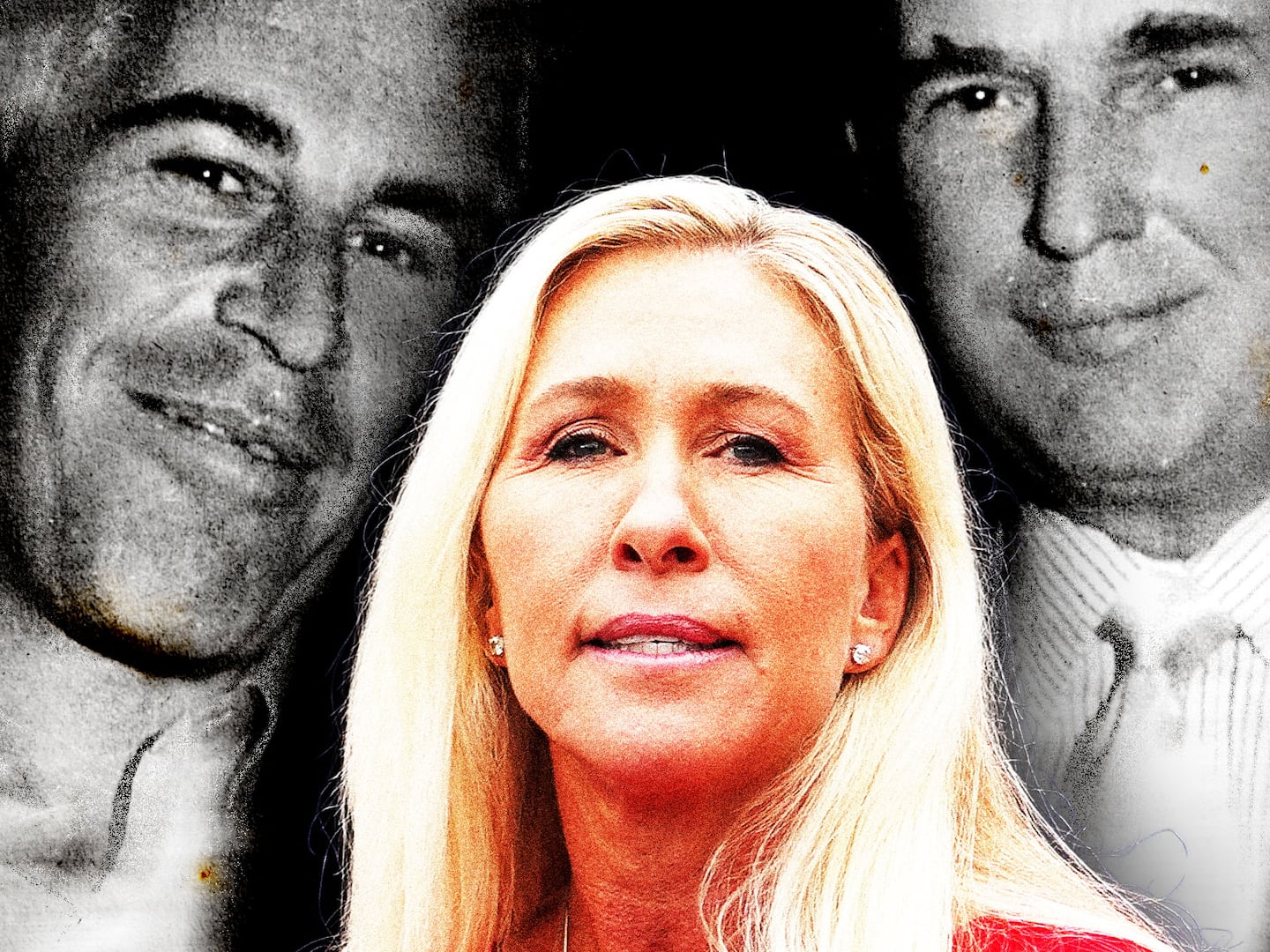The biggest mystery in the D.B. Cooper case now is not the identity of the new suspect the FBI deemed “credible” and now seems to have fizzled out, but the location of eight Raleigh filter-tipped cigarette butts.
When bureau agents first searched the Northwest Orient plane after it was hijacked in the fall of 1971 by a man calling himself Dan Cooper—who parachuted out the back with $200,000 in ransom money never to be seen again—they noticed Cooper left behind these butts and did their best to ascertain what these clues meant.
Bureau agents in Reno, Nev., where the hijacked plane landed, found the butts in the ashtray near 18E, Cooper’s seat on the last row of the Boeing plane. They then sent off the butts to the bureau lab in Quantico for testing.
Now they appear to be missing. What’s so frustrating about the disappearance of these cigarette butts is that they are the best pieces of physical evidence in the Cooper case because it is in the traces of saliva around the Raleigh filters where the treasured genetic code of the vanished hijacker lies. Without a good genetic sample to test, the bureau will have a hard time proving conclusively who the hijacker was, no matter how good the suspect.
“We think they are in Las Vegas,” Ayn Dietrich, the media rep for the bureau’s Seattle field office told me recently about the butts. That was the same conclusion drawn by Larry Carr, a former Cooper case agent, who in the fall of 2007 sent all the physical evidence in the case to Quantico for retesting. What the lab discovered then was that forensic evidence in the case was incomplete. Only partial fingerprints were found on the in-flight magazine, Carr told me, and a faint trace of saliva found on Cooper’s clip-on tie yielded a strain of DNA that was not complete enough to generate a full genetic code.

Even with the partial clues, the discoveries were problematic. How could the bureau be certain it was Cooper’s prints found on the magazine and not those of other passengers? And how could they be certain it was Cooper’s spittle found on the tie? What if Cooper purchased the tie at a used-clothing store before the hijacking, and its previous owner happened to be drooler?
Carr wanted to test the cigarette butts, but he and other agents haven’t been able to locate them. According to some of the original FBI case files I obtained during the course of three years of research into the case, Bureau agents note the butts were indeed sent back to the Las Vegas field office for safekeeping after testing. But when I contacted the field office in Las Vegas countless times over the years to inquire about the missing butts, my calls were only rerouted back to Carr in Seattle, who had received other physical evidence, like Cooper’s clip-on tie.
So where did the butts go? Were they lost in the mail? Considering DNA testing was not used then by the bureau, were they deemed useless and tossed? Were they stolen? Or after so many years, have they still not been found?
Still, despite their disappearance, the butts did yield some clues into Cooper’s personality. After measuring the smokes, agents learned they were 85 millimeters in length, king size, and had come from a soft pack.
Cooper’s brand of choice was also telling. After conducting an analysis, agents learned Raleigh was not so popular a brand. It was a coupon smoke, cheap to buy. So Mr. Cooper was not a sophisticated smoker. In the case files, I found agents even trekked to Louisville, Ky., to interview employees at the Brown & Williamson tobacco company’s coupon-redemption center.
Here agents learned that 6 million came in every day, employees told agents, according to the case files. Incredibly, agents were able to locate a Dan Cooper in Seminole, Fla., who worked as a gas station attendant, and a Daniel Cooper in Cincinnati. Both leads and other Dan Coopers have turned out to be duds.
One reason: Dan Cooper was likely not the hijacker’s name. It was an alias, now believed to have been inspired by Les Aventures de Dan Cooper, a military-inspired French comic book that features a lot of airplane flying and parachuting. And the cigarettes could have been another masterly deceit employed by the hijacker, sending bureau agents around the country in a tizzy looking for Raleigh-coupon redeemers.
Regardless of any ruses, the saliva buried within the fibers of the eight Raleigh filter-tipped king-size cigarette butts is the best chance we, and the FBI, have to determine who Cooper was. Memo to the bureau: we need to find those butts.






